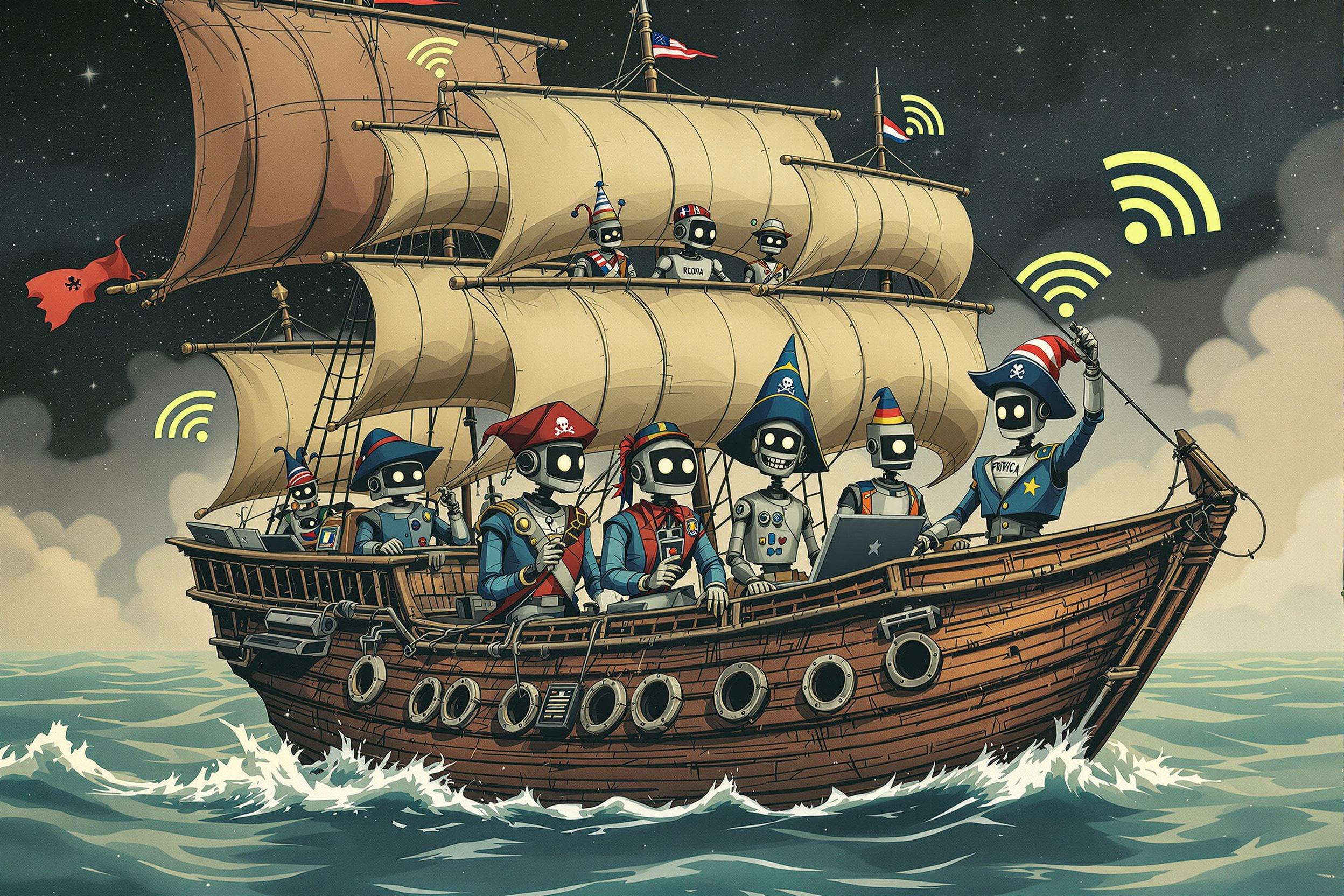
Remote Sensing
Remote Sensing is a way to gather information about farm fields and water resources without physically touching them, usually using images taken from satellites or drones. It's like taking detailed pictures from above that show things like crop health, soil moisture, and water needs. This helps irrigation specialists and farmers make better decisions about when and where to water crops. Think of it as a high-tech way of "seeing" what's happening in fields without having to walk through them. Some people also call this "earth observation" or "aerial imaging."
Examples in Resumes
Used Remote Sensing to create water efficiency maps for 1000+ acres of farmland
Analyzed Remote Sensing and Earth Observation data to optimize irrigation schedules
Applied Remote Sensing technology to reduce water usage by 30% across multiple farming projects
Typical job title: "Remote Sensing Specialists"
Also try searching for:
Where to Find Remote Sensing Specialists
Professional Organizations
Online Communities
Job Resources
Example Interview Questions
Senior Level Questions
Q: How would you implement a large-scale remote sensing program for a farming operation?
Expected Answer: A senior specialist should discuss planning satellite or drone imagery collection, setting up data analysis systems, training staff, choosing appropriate technology, and creating actionable reports for farm managers.
Q: How do you validate remote sensing data accuracy?
Expected Answer: Should explain methods of comparing satellite/drone data with ground measurements, understanding error margins, and implementing quality control processes in simple terms.
Mid Level Questions
Q: How do you use remote sensing data to make irrigation decisions?
Expected Answer: Should be able to explain how they analyze imagery to determine crop water needs, create irrigation zones, and develop watering schedules based on the data.
Q: What methods do you use to process and analyze remote sensing imagery?
Expected Answer: Should discuss common software tools, basic image processing steps, and how they turn raw imagery into useful information for farmers.
Junior Level Questions
Q: What are the basic types of remote sensing data used in agriculture?
Expected Answer: Should be able to explain different types of imagery (satellite, drone, airplane) and basic information they provide about crops and soil.
Q: How do you create a basic map from remote sensing data?
Expected Answer: Should demonstrate understanding of taking imagery and creating simple maps showing things like crop health or soil moisture.
Experience Level Indicators
Junior (0-2 years)
- Basic image interpretation
- Using common mapping software
- Creating simple crop health maps
- Understanding basic agricultural concepts
Mid (2-5 years)
- Advanced data analysis
- Irrigation planning using imagery
- Drone operation and data collection
- Project management
Senior (5+ years)
- Program development and implementation
- Team leadership
- Advanced analysis and recommendation making
- Integration with farm management systems
Red Flags to Watch For
- No understanding of basic agricultural concepts
- Lack of experience with mapping software
- Unable to explain how remote sensing helps farming decisions
- No knowledge of different types of imagery and their uses
Related Terms
Need more hiring wisdom? Check these out...

Who’s Really Running Your Interviews? How to Reduce Bias in Remote Hiring

Unlocking Talent Offline: Innovative Strategies for Recruiting in Low-Internet Areas

Virtual Reality in Certification Exams: How VR is Transforming Specialized Training

